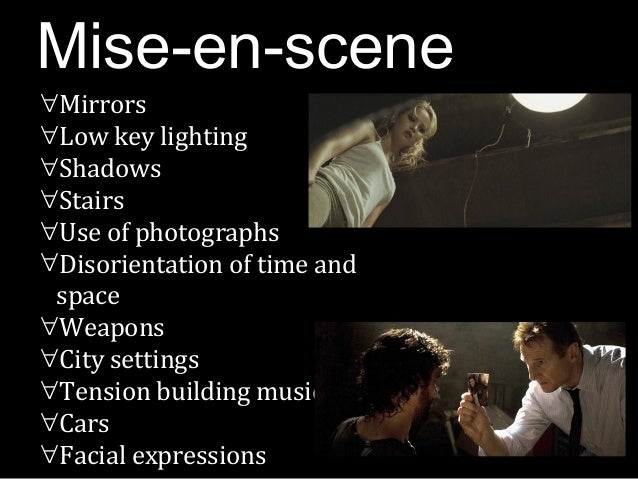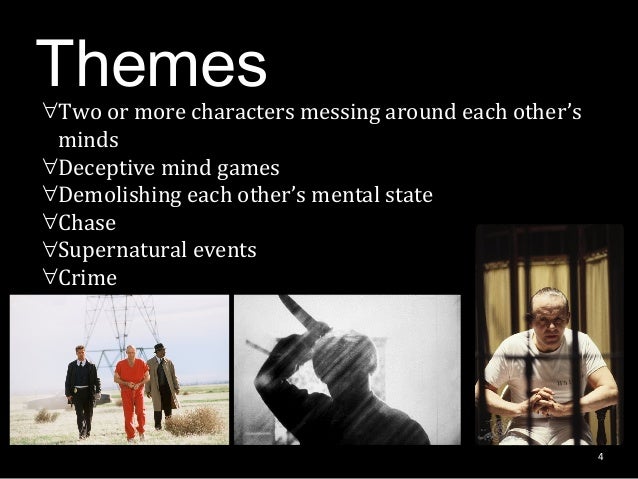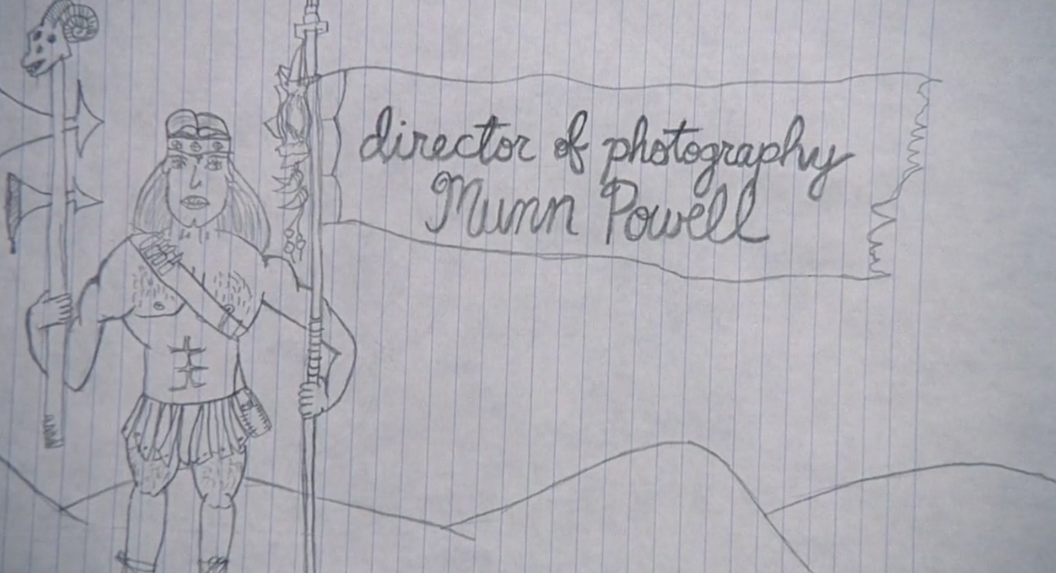Journal entry for our lesson on Wednesday 8th January.
In today's lesson, we were told about how our coursework project was going to pan out. We were divided into two groups of four, then given our project task. The group I was put into consisted of Sophie Scott, Lucy Abbott, Megan Harris, and myself. Once in our groups, we were told that our project was to create an opening title sequence for a film idea we had to come up with. Once being told the task, my group and I sat around a table discussing genres we would be interested in basing our film on. By doing so, we gradually whittled all our ideas down to about two or three we could possibly use. The ideas we had were, horror, thriller and tragedy. We wanted our film to touch the audience emotionally, which we also discussed on being aimed towards the young teens to middle-aged members of the public.
After finalizing our points and getting a brief idea of what our opening title sequence would entail, we were then told to create a pitch for our film idea, which we had to then present to the other group(s) in our Media lesson with Sinead on Monday 13th January in a powerpoint format. With the remaining time we had, by the end of the lesson, we wanted to at least have a brief storyline for our film, that we could take note of and look at in later lessons, and for it to also be something to look at and relate to and reflect on. My group and I also used social networking sites such as Facebook to share ideas and still work on the subject in out-of-school hours. By doing this, we managed to be more organized and understanding and even assigned each member of the group to certain roles in research. Being the only male in our group, I approached the role of researching male actors we could use to play the male character in our film. i used the researched information in our powerpoint we are going to present next lesson.











 From this title sequence, you can tell that this film is going to be based on/in a stereotypical American high school . We get this vibe from the sequence as numerous stereotypical American youth related items appear in it. In this short two and a half minute clip, we see different elements of it's youth with items such as a high school student card, and various types of typical American food, such as a corn dog, nachos and a peanut butter sandwich resting on top of a brown paper lunch bag, highly linked with American high school culture featuring in this opening.
From this title sequence, you can tell that this film is going to be based on/in a stereotypical American high school . We get this vibe from the sequence as numerous stereotypical American youth related items appear in it. In this short two and a half minute clip, we see different elements of it's youth with items such as a high school student card, and various types of typical American food, such as a corn dog, nachos and a peanut butter sandwich resting on top of a brown paper lunch bag, highly linked with American high school culture featuring in this opening. 


